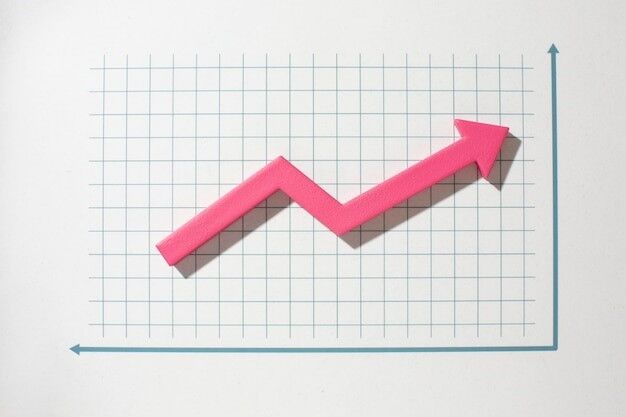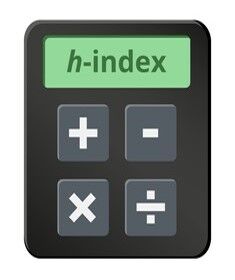Boosting Your h-Index: Strategies for Academic Success


The h-index is a metric that academia uses to measure the impact and productivity of researchers. Jorge Hirsch developed the h-index in 2005, which relies on the number of publications a researcher has and the number of citations those publications have received.

To calculate your h-index, you should first list your publications in descending order by the number of citations each has received. Then, you identify the highest number of publications (h) that have each been cited at least h times. That is your h-index.
For example, if a researcher has 30 publications that have been cited at least 30 times each, their h-index would be 30.

Importance | Limitations |
|---|---|
Measures a researcher's impact and productivity | Does not account for publication quality |
Used for hiring, promotion, and tenure decisions | Can be skewed by a few highly cited papers |
Allows comparison of researchers in the same field | Does not consider number of co-authors |
Encourages high-impact, frequently cited work | Does not distinguish self-citations from others |
Reflects recognition within the academic community | May disadvantage researchers in newer or smaller fields |
Focus on publishing high-quality, impactful research in reputable, peer-reviewed journals. These publications are more likely to generate a high citation count, which is crucial in determining your h-index.
Collaborating with well-established researchers in your field can lead to co-authored papers that are more likely to be highly cited, boosting your h-index.
Actively participating in academic conferences, workshops, and other professional events can help you build valuable connections and raise your visibility within your research community, which can lead to new collaborations and increased exposure to your work.
Identify and target high-impact journals in your field, as these journals typically have a larger readership and are more likely to generate citations for your publications.
Share your publications on platforms like ResearchGate, LinkedIn, and Twitter to increase the visibility and impact of your research, which can lead to more citations.
While there are many positive strategies for boosting your h-index, it is crucial to be mindful of certain practices that can undermine the integrity of this metric:
While some self-citation is natural, excessive self-citation can be seen as manipulative and may not be looked upon favorably by the academic community.
Filling your publication list with low-quality or irrelevant papers will not dramatically increase your h-index and may even undermine your reputation.
Engaging in plagiarism by copying the work of others without proper attribution is a severe ethical breach that can severely damage your reputation and credibility.
Prioritizing publication in low-impact or predatory journals that have limited readership and influence will not effectively contribute to a higher h-index.
Repeatedly publishing similar works in multiple venues is considered self-plagiarism and can be viewed as an artificial attempt to boost your publication count.
Are you a researcher looking to take your impact to new heights?
Look no further than SITA. At SITA, we understand the vital role the h-index plays in academic advancement and recognition. That's why we've developed cutting-edge strategies to help researchers like you strategically increase this crucial metric.
If you have any questions, inquiries, or would like to learn more about our services, please don't hesitate to reach out to us. Our dedicated team is ready to assist you.